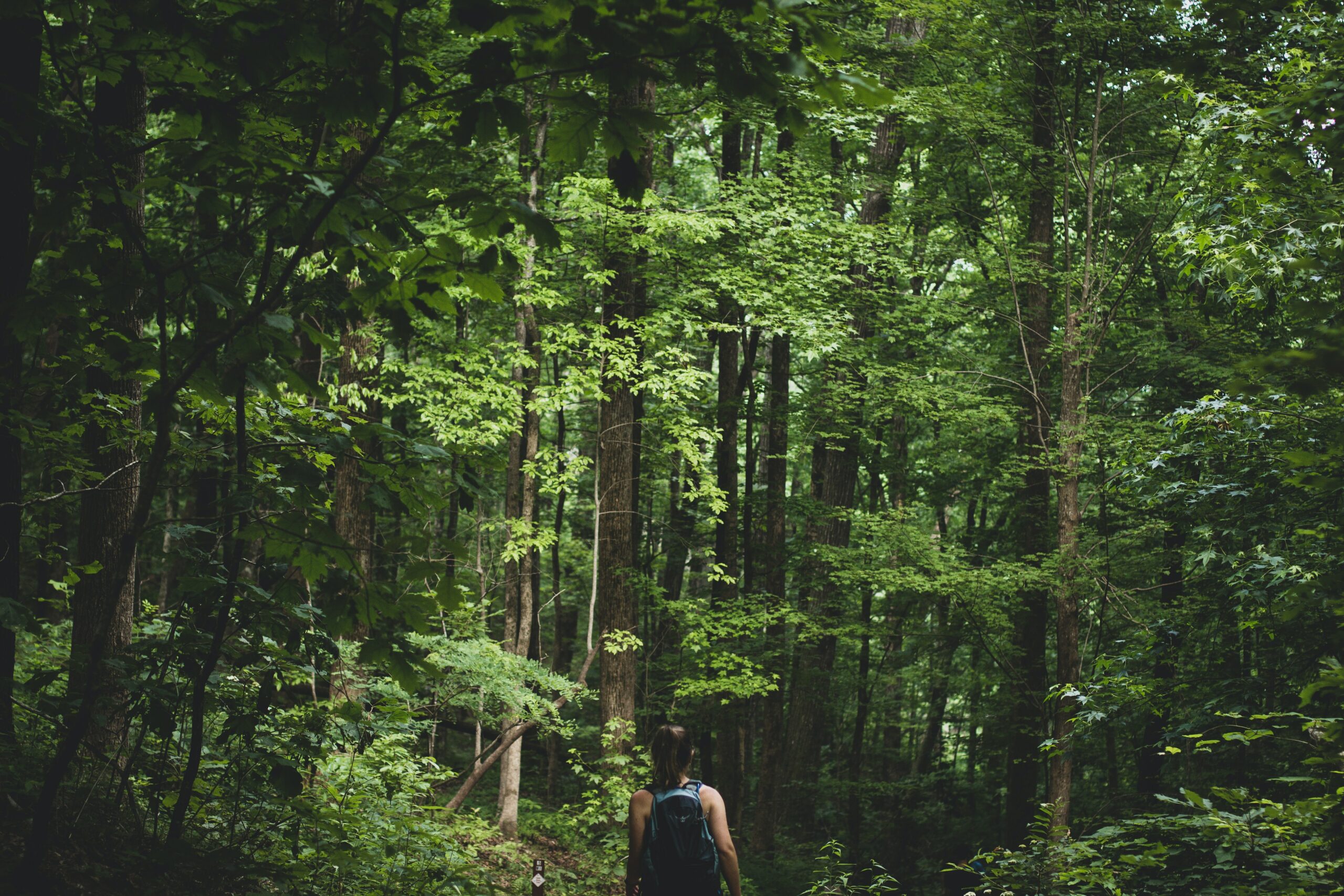How to prevent and treat foot blisters
Outdoor Activities | March 28, 2024
SAIL
December 10, 2019

Long before humans became dependent on their cellphones, cars and comforts, they possessed such a wealth of knowledge and skills that they could always find their way and survive with very few resources. Nowadays, we don’t necessarily want to return to the woods and embrace uncertainty, but many of us feel the need to regain some of this autonomy and strength by going on off-piste survival or hiking trips in the forest. If you crave autonomy, here are some basic tips that you must follow to avoid getting lost and putting your life (and maybe the lives of others) in danger.
Never rely on technological gadgets alone (GPS, cellphone, etc.) to guide you! A paper map is the most important tool you will need to guide you through the forest. Also, bear in mind that not all maps are the same! You can work with a map provided by the park warden, one you found online and printed, and one that was sketched by a friend. This will allow you to compare and give you a range of options. One map may show a singular detail, another may be more accurate than the others and another could show the topography of the terrain or the distances between refuges along a trail.
The important thing is to know how to read your maps before you set foot in the forest. That way, if you have any doubts or questions, you can find the answer before leaving and get a new updated map if necessary.
Ironically, in order to get your bearings in the forest, equipping yourself with navigation tools is not enough. In order to find your way, you will also need a headlamp or flashlight and a supply of spare batteries, binoculars, a watch, paper and pencils, a ruler and a multi-function tool (Swiss Army knife, for example) to help you out if you have a problem.
Headlamps Binoculars Multi-toolsBefore you set off, make sure you can identify the cardinal directions based on the position of the sun and the time of day and regularly note your position on the map as you walk. We all know that the sun rises in the east and sets in the west. A clear, star-studded night sky can also help you get your bearings. If you want to test this, start out by experimenting in a location where you won’t get lost and keep a book and star chart to hand.
It is essential that you learn to read a paper map before setting out. Similarly, you must get to grips with your orientation tools before setting off on a journey, otherwise you are likely to make mistakes. When hiking, don’t use car GPS systems designed for driving or those built into cellphones and opt for a handheld model designed for walking instead. In addition to indicating your route, a good GPS will also show the location of a swamp or lake, even in the most uninhabited and remote locations. For more info about GPS, read our blog to know how to choose the right GPS.
On your GPS, mark your campsite, the various refuges and campground kiosks as well as the locations where you can drop off your bag. Don’t forget to bring extra batteries for your GPS.
The problem with technology is that it can always fall prey to bugs. Therefore, learn how to handle and read a compass (which you will keep away from magnetic or metal objects) and use your judgment when what your GPS shows surprises you or raises doubt.
Handheld GPS systems CompassesThe key to honing a good sense of direction is, in many cases, keen observation. Practice taking mental or written notes of what your senses are picking up: temperature changes, stronger or lighter wind, high humidity or dry air, type of vegetation, presence of animals, streams, sand, lichen, marshes… Learn how these clues can tell you more about your position. For example, there is more snow on the north side of a mountain than on the south side, which has more sun exposure. Note all these details and keep them in mind in case you lose your bearings.
No matter how you manage to find your way around the forest, make sure that you don’t take unnecessary risks. Simply setting out on a trip, especially a solo trip, is risky. However, stepping out of your comfort zone doesn’t mean that you’ll need a search party.
In order to avoid spending a cold and sleepless night in the middle of the forest on a moonless night, you should constantly be one step ahead. Is the sun setting? Calculate how many kilometres you are from a decent spot where you can rest,and take the fastest route to get there. Head for this location even if you have not finished doing or seeing what you had planned. What happens if you don’t want to retrace your steps, but you don’t know any other path? Avoid taking shortcuts. Shortcuts will most likely lead you to a steep cliff or thick vegetation that you can’t cross. Is your water supply starting to run low? Quickly locate a stream, head in that direction as soon as you can, and set your water filter to work. It’s quite simple. Anticipating your next move gives you time to find a solution before a problem arises.
Happy trails!